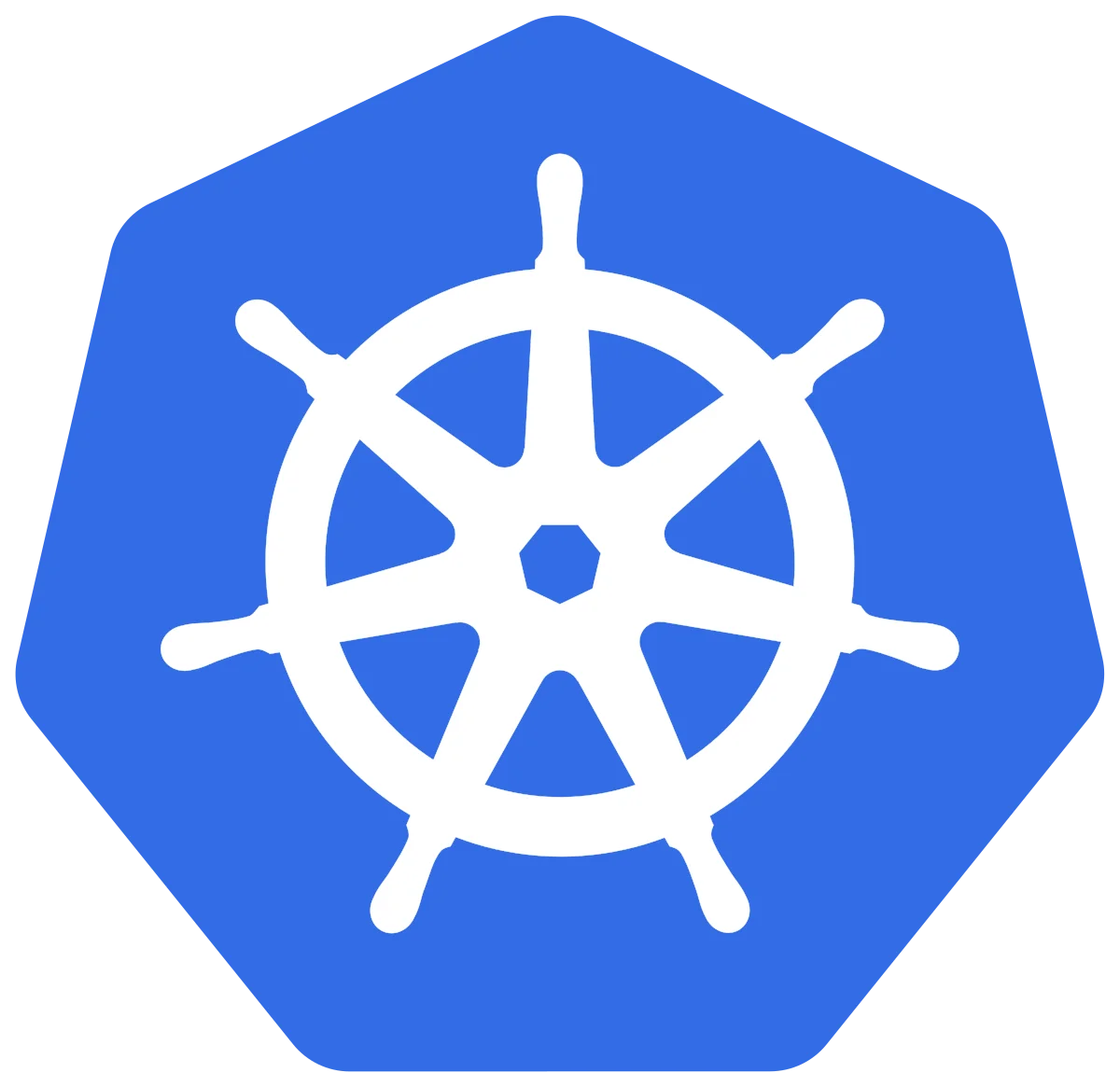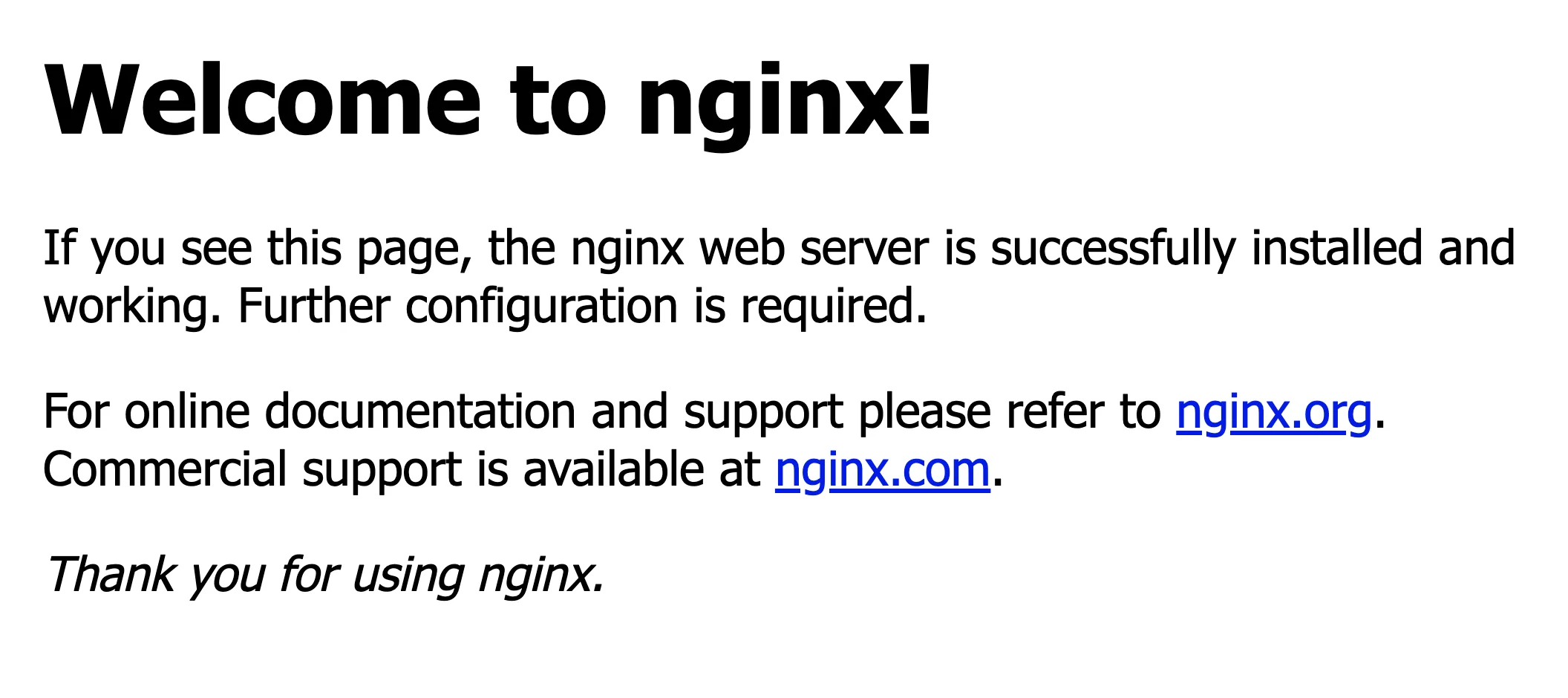Deploy Your App

Deploy an App to k8s¶
Create namespace
For this guide we will create the namespace lab:
kubectl create namespace lab
You can read about namespaces here:
Instead of running a single container as you normally would on a docker host,
In kubernetes we create a deployment.
That deployment will create the number of pods we specify, in each pod we can run at least one container.
Creating deployment¶
First we need to create our deployment yaml file:
Create the file deploymen.yml
apiVersion: apps/v1
kind: Deployment
metadata:
name: nginx-deployment
labels:
app: nginx
spec:
replicas: 3
selector:
matchLabels:
app: nginx
template:
metadata:
labels:
app: nginx
spec:
containers:
- name: nginx
image: nginx:1.7.9
ports:
- containerPort: 80
This deployment will create 3 pods of nginx.
Apply the deployment file, so kubernetes will create it.
kubectl apply -f deployment.yml -n lab
Output:
deployment.apps/nginx-deployment created
Get all deployments in namespace lab
kubectl get deployments -n lab
Output:
NAME READY UP-TO-DATE AVAILABLE AGE
nginx-deployment 3/3 3 3 11s
Get all pods in "lab" namespace:
kubectl get pods -n lab
Output:
NAME READY STATUS RESTARTS AGE
nginx-deployment-6dd86d77d-7p7f5 1/1 Running 0 103s
nginx-deployment-6dd86d77d-ghwvf 1/1 Running 0 103s
nginx-deployment-6dd86d77d-ksjmt 1/1 Running 0 103s
Describe the nginx-deployment we just created:
kubectl describe deployment nginx-deployment -n lab
Output:
Name: nginx-deployment
Namespace: lab
CreationTimestamp: Thu, 05 Mar 2020 11:04:46 +0200
Labels: app=nginx
Annotations: deployment.kubernetes.io/revision: 1
kubectl.kubernetes.io/last-applied-configuration:
{"apiVersion":"apps/v1","kind":"Deployment","metadata":{"annotations":{},"labels":{"app":"nginx"},"name":"nginx-deployment","namespace":"l...
Selector: app=nginx
Replicas: 3 desired | 3 updated | 3 total | 3 available | 0 unavailable
StrategyType: RollingUpdate
MinReadySeconds: 0
RollingUpdateStrategy: 25% max unavailable, 25% max surge
Pod Template:
Labels: app=nginx
Containers:
nginx:
Image: nginx:1.7.9
Port: 80/TCP
Host Port: 0/TCP
Environment: <none>
Mounts: <none>
Volumes: <none>
Conditions:
Type Status Reason
---- ------ ------
Available True MinimumReplicasAvailable
Progressing True NewReplicaSetAvailable
OldReplicaSets: <none>
NewReplicaSet: nginx-deployment-6dd86d77d (3/3 replicas created)
Events: <none>
Exposing the service¶
Create an ELB that will expose the deployment as a service:
kubectl expose deployment nginx-deployment --port=80 --type=LoadBalancer -n lab
Output:
service/nginx-deployment exposed
Get all services in namespace "lab":
kubectl get svc -n lab -o wide
Output:
NAME TYPE CLUSTER-IP EXTERNAL-IP PORT(S) AGE SELECTOR
nginx-deployment LoadBalancer 172.20.29.221 a7e287f8e5ecc11eaa3410a392e66e31-2141092553.us-east-1.elb.amazonaws.com 80:32583/TCP 16m app=nginx
Access the service we just created:¶
According to the output of the command above, go to your browser and access the LoadBalancer you just created:
For example:
http://a7e287f8e5ecc11eaa3410a392e66e31-2141092553.us-east-1.elb.amazonaws.com/
It could take a few minutes...
If you just created the service it should take a few minutes for the CNAME DNS Record of the LoadBalancer to become available."
so just try again in 5 minutes.
Once it is available you should see the Nginx welcome screen:

Delete the service and deployment we created¶
Delete the service
kubectl delete svc/nginx-deployment -n lab
Output:
service "nginx-deployment" deleted
Delete the deployment
kubectl delete deployment/nginx-deployment -n lab
Output:
deployment.extensions "nginx-deployment" deleted
Since we deployed the app as a deployment, and as a service this allows us to:
- Update the deployment (new released container image tag)
- Roll back the deployment
- Scale up/down the deployment
- Run Canary deployment
You can find information about that at the kubernetes.io deployment page:
Cleanup resources.¶
To clean up, delete the namespace you created.
This will also remove any resource in the namespace.
kubectl delete namespace lab
Summary¶
Summary of this page
We learned how to deploy an app to k8s using deployment and how to expose it externally as a service
In the next page we will deploy an app directly from Gitlab CI